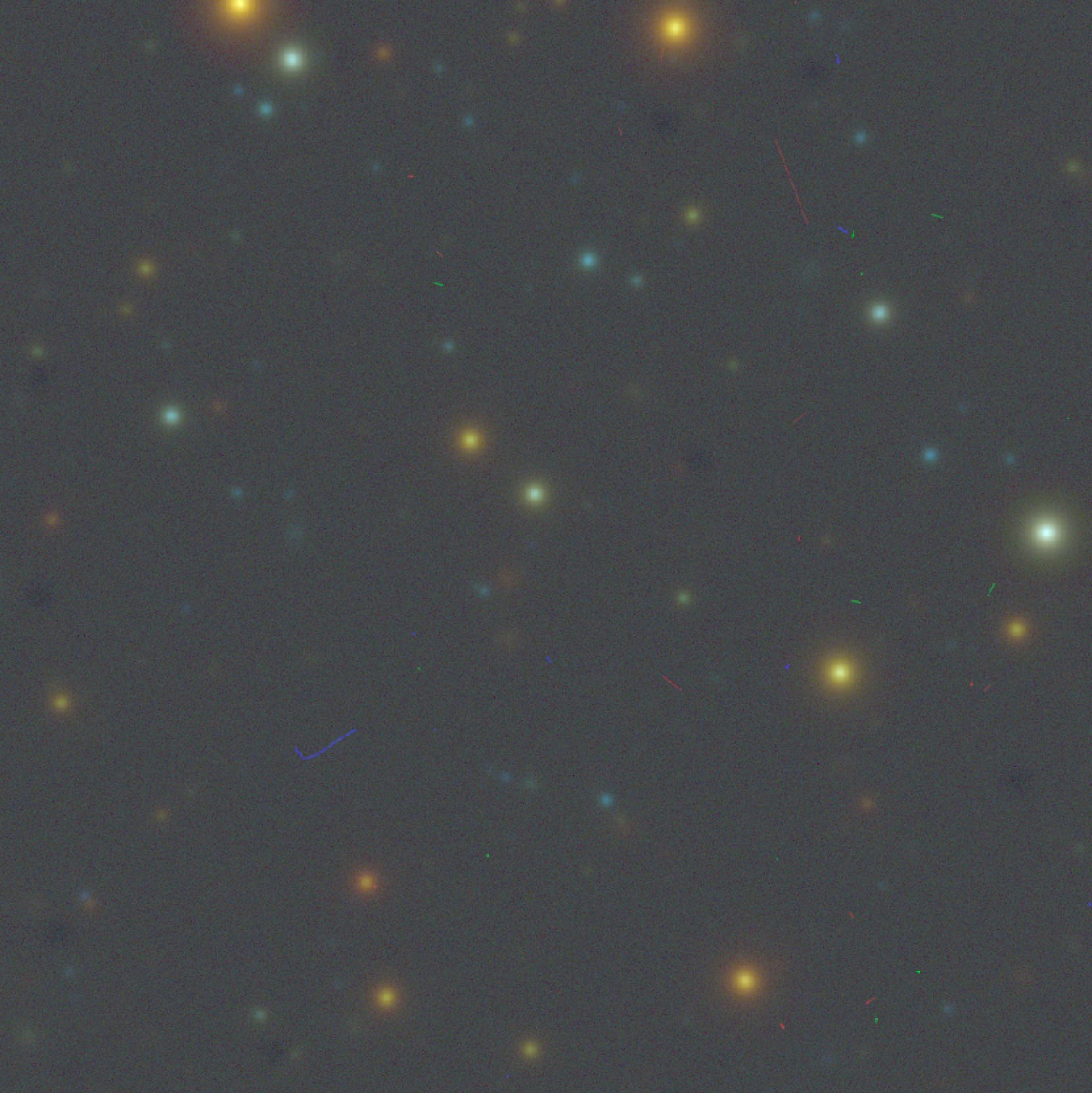The 23rd major release of the Photon Simulator (PhoSim) is completed, tagged, and validated as PhoSim Six (PhoSim v6.0)!
See the end of this message if you are new to PhoSim.
A few announcements:
-
PhoSim Six has significant improvements in performance. You should notice typically 33% improvements in speed, depending on your computing architecture and telescope & settings. There are a number of changes that made this possible, and the improvements should allow us to continue to improve on performance in upcoming releases. PhoSim Six also implements both a complete physical simulation of microroughness and a self-consistent physical interaction of contamination (see below). There are a number of bug fixes as well.
-
The documentation has been migrated to a single site that has the address:
This should allow us much more flexibility and it should be much easier to find what you need. The downloads, issue tracking and the repository itself will still be at the bitbucket site, but all of the documentation will move to phosim.org. Please link to this new site, so we can continue to grow PhoSim.
- We are buildng a page with links to other codes the either: 1) produce phosim inputs, 2) produce phosim outputs or 3) embed phosim in an analysis loop. If you have a code that does any of these, please reach out and we can add you link and work to modify aspects of the APIs to make it work easier for you as well.
Please file tickets for bugs at the main site. And please email your feedback, questions, or collaboration ideas!
Regards,
John
PhoSim is an ab initio Monte Carlo simulation code of the IR/optical/UV/X-ray physics of astronomical observations. PhoSim fundamentally creates emergent measurement errors (photometric/astrometric/PSF size/shape) imprinted in realistic images by using basic physics rather than using models/parameterizations. PhoSim is also extremely fast with novel numerical algorithms, advanced Monte Carlo techniques, and efficient multithreading methods. It can be run on laptops/desktops as well as in high performance computing environments. Major improvements in the past 5 years have been: 1) full implementation of opto-mechanical physics, 2) complete sensor electrostatics physics, 3) self-consistent atmosphere global hydro-based representations, 4) generalizations and implementations for many different telescopes, 5) simplification of the user interface, and 6) an internal astronomical catalog generator & operations capabilities. There is a major release (vX.Y) twice a year (in Summer and Winter). The major releases include hundreds of revisions. Between releases, there are intermediate patches (vX.Y.Z). These fix urgent bugs. There are hundreds of pages of documentation that are routinely updated, 22 user tutorials, and the 4 reference papers. There are now 32 implemented telescopes, and more in development from at least 5 different teams. In addition, if you don’t want to run PhoSim yourself, there is a substantial amount of example images which includes the PhoSim Rubin Survey (PRS).

